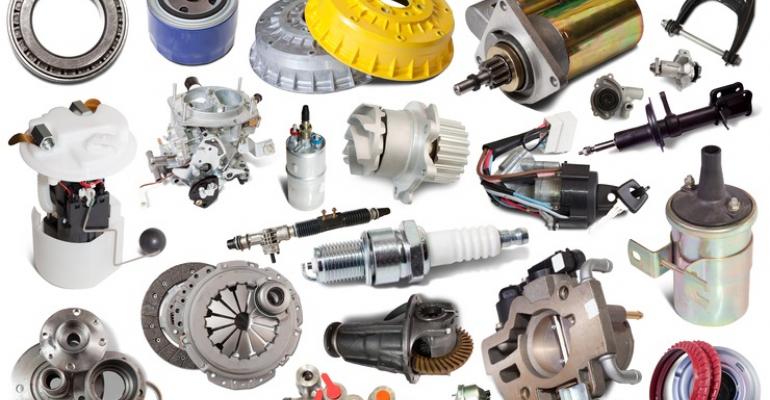In the world of auto parts, there aren’t many marketing plays that offer clear gains for both B2B and B2C sales.
But adding rich media (videos, CADs, 360° images, etc.) to customer-facing websites and internal digital catalogs is one of them.
Here, I’ll explain how rich media can help parts counter employees serve customers more efficiently and help customers get the right products more consistently.
Background: A Generational Shift
Automotive employers are finding that they don’t have the talent pipeline they once did. Workers in their 60s are retiring, but often, they’re being replaced by workers in their 20s rather than those with more experience.
There are many forces driving the shift, but one result of it is that sales reps at the counter and on the floor now tend to have less experience and less knowledge for answering customer questions.
That can frustrate customers who rely on in-store staff to know the finer points between brands and models – or when an employee isn’t sure which part to restock.
Then, of course, there are the online shoppers to consider – the ones who never talk to a store employee because their whole transaction is digital.
Creating Content that Eliminates Doubts
The goal of adding rich media to internal and external websites is to solve common problems users have. One problem with automotive parts arises when products are similar but distinct in important ways, and there’s not enough product information, scant images and incorrect or misleading images.
A single still image of a fuel pump, for example, might not show its ports or plugs – crucial information for both B2B orderers and B2C buyers.
Replacing that still image with dynamic content can solve the problem by providing users with far more detail.
Grainger, an industrial supply company, faced similar challenges with its online catalog. Grainger tried addressing it with CADs, PDFs, still images, videos, and 360° spinning images. The results: 360° images yielded the highest conversion rate, boosting conversions by 47%
Grainger attributed the improvement to the enhanced spinning images that let customers see and zoom in on every angle of a product. It confirms what they see onscreen will be exactly what is shipped to them.
Such enhancements can let B2B buyers comprehend product specs without necessarily reading lengthy descriptions.
This has potentially exciting implications for the automotive aftermarket, given that e-commerce sales are expected to grow to $28 billion by next year, outpacing offline growth. As more customers shop online, finding ways to clearly show them what products look like will be crucial.
Brick-and-mortar retailers will also benefit. Even without years of experience, counter and floor employees can use spinning images to quickly verify whether a part is the one they want or the one a customer needs.
Preparing for Visual Search
While rich media like 360° images will boost the performance of any automotive parts site today, they’ll also position sellers for the imminent future of online search: visual search.
Already a popular feature on Pinterest, visual search lets internet users snap a photo of something and search the web for related photos. Example: if a piece falls off their car and they’re not sure what it’s called. Or if a customer brings that piece into an auto parts store and asks an inexperienced sales rep what it is and whether they have it in stock.
While visual search still is not feasible on most search engines, many industry insiders expect it will be soon.
 When it goes mainstream, the brands that perform the best will be those that have loads of product images on their sites. A single 360° spin automatically generates 72 or more still images in seconds, which can then be interpreted by search engines and served to interested customers. (Wards Industry Voices contributor Jeff Hunt, left)
When it goes mainstream, the brands that perform the best will be those that have loads of product images on their sites. A single 360° spin automatically generates 72 or more still images in seconds, which can then be interpreted by search engines and served to interested customers. (Wards Industry Voices contributor Jeff Hunt, left)
Show, don’t just tell. Make it possible for people to see exactly what they’ll get, and you’ll be rewarded for it.
Jeff Hunt is the Founder and CEO of Snap36, a provider of affordable, high-quality, and interactive 360° photography services that help brands build value, awareness, engagement, and sales during the online buying process.





